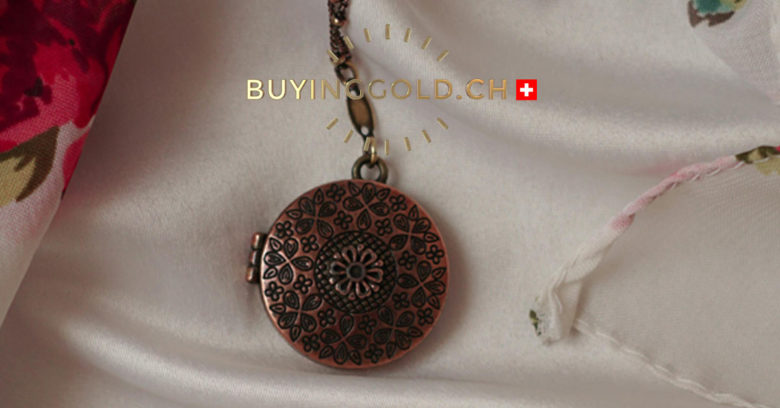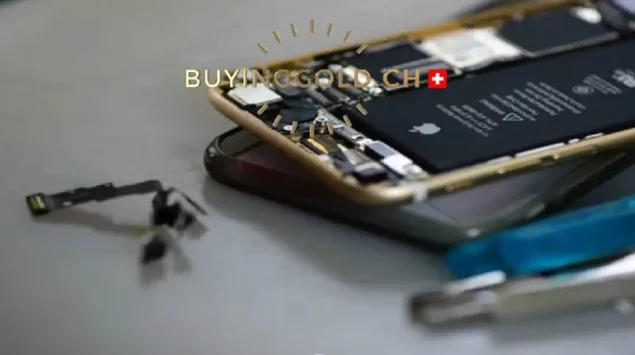
Antique restoration is more than just a technical process; it’s a form of time travel that allows us to connect with our past. Through the skilled hands of restorers, we can touch, use, and appreciate objects that have survived centuries of history. Their work ensures that these tangible links to our heritage continue to inspire and educate for generations to come.
The Delicate Art of Jewelry Restoration
Antique jewelry restoration is a specialized field that requires a unique blend of historical knowledge, gemological expertise, and fine metalworking skills. Restorers work to breathe new life into precious pieces, preserving their beauty and value for future generations.
Initial Assessment: Understanding the Piece
Before any restoration work begins, a thorough examination of the jewelry is crucial. It involves:
- Identifying the materials used (types of metals and gemstones)
- Determining the age and origin of the piece
- Assessing the extent of damage or wear
- Evaluating any previous restoration attempts
- Considering the historical and monetary value of the item
This assessment guides the restoration process and helps determine the most appropriate techniques to use.
Cleaning: Revealing Hidden Beauty
The first step in the restoration process is often a gentle cleaning. This removes accumulated dirt, tarnish, and oxidation, revealing the true beauty of the piece. For precious metals, specialized solutions and ultrasonic cleaners may be used. Gemstones require particular care, as some can be damaged by certain cleaning methods.
Restorers must strike a balance between cleaning the piece and preserving its patina, which can be an important aspect of its antique charm and value.
Repairing Metal Components
Damaged or worn metal components often require careful repair. This might involve soldering broken pieces, reinforcing weak areas, or recreating missing elements. The challenge lies in matching the original metalwork techniques and alloys to ensure a seamless repair that doesn’t detract from the piece’s authenticity.
For intricate filigree or engraved work, restorers may need to employ traditional hand-crafting methods to maintain the jewelry’s original character.
Gemstone Restoration and Replacement
Gemstones in antique jewelry may be loose, chipped, or missing entirely. Restoring these elements requires a deep understanding of historical gem-cutting techniques and settings. When possible, original stones are repolished and reset. If replacement is necessary, finding period-appropriate stones that match the original in cut, color, and quality is crucial.
In some cases, synthetic stones used in antique pieces may need to be replaced with natural ones to enhance the jewelry’s value, but this decision must be carefully weighed against maintaining historical accuracy.
Recreating Lost Elements
When parts of an antique piece are missing, restorers may need to recreate them. This requires not only technical skill but also a thorough knowledge of historical jewelry-making techniques and styles. Whether it’s a missing clasp, a lost earring, or a section of intricate metalwork, the new elements must seamlessly blend with the original piece.
3D scanning and printing technology has become a valuable tool in this process, allowing for precise replication of complex designs.
Finishing Touches: Polishing and Plating
The final stage of restoration often involves carefully polishing the piece to restore its luster. For some items, particularly those with gold or silver plating, re-plating may be necessary. This process must be approached with caution, as over-polishing or excessive plating can diminish the antique character of the piece.
Technological Advancements
The field of antique restoration is continually evolving, with new technologies offering innovative solutions to age-old problems. 3D scanning and printing, for example, allow restorers to create precise replicas of missing parts without risking damage to the original piece.
Advanced imaging techniques, such as X-ray fluorescence and infrared reflectography, provide invaluable insights into an antique’s composition and history without the need for invasive procedures. These tools help restorers make more informed decisions about the restoration process.
Ethical Considerations
Restorers must navigate complex ethical considerations in their work. The primary goal is to preserve the piece’s historical integrity while making it wearable and beautiful. Any alterations should be reversible whenever possible, and clearly documented to maintain the piece’s provenance.
There’s ongoing debate in the field about how much restoration is appropriate. Some argue for minimal intervention to preserve the jewelry’s history, while others advocate for more extensive work to return the piece to its original glory. The right approach often depends on the specific piece and its intended use.
Preserving History
Antique jewelry restoration is a meticulous process that bridges the gap between past and present. Through the skilled hands of restorers, precious heirlooms are given new life, allowing their beauty and craftsmanship to be appreciated for generations to come. This work not only preserves individual pieces but also helps maintain a tangible connection to our cultural and artistic heritage.













